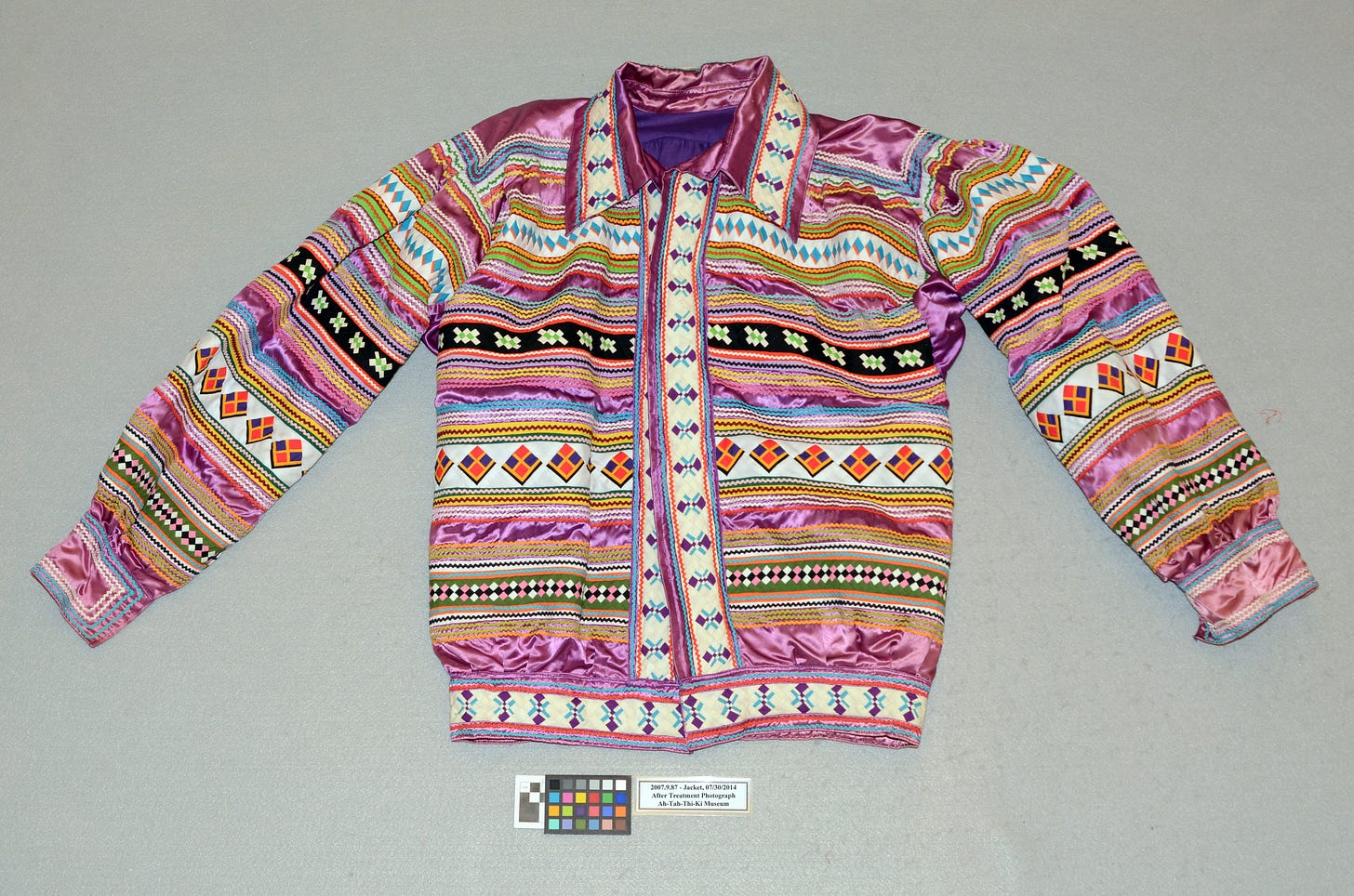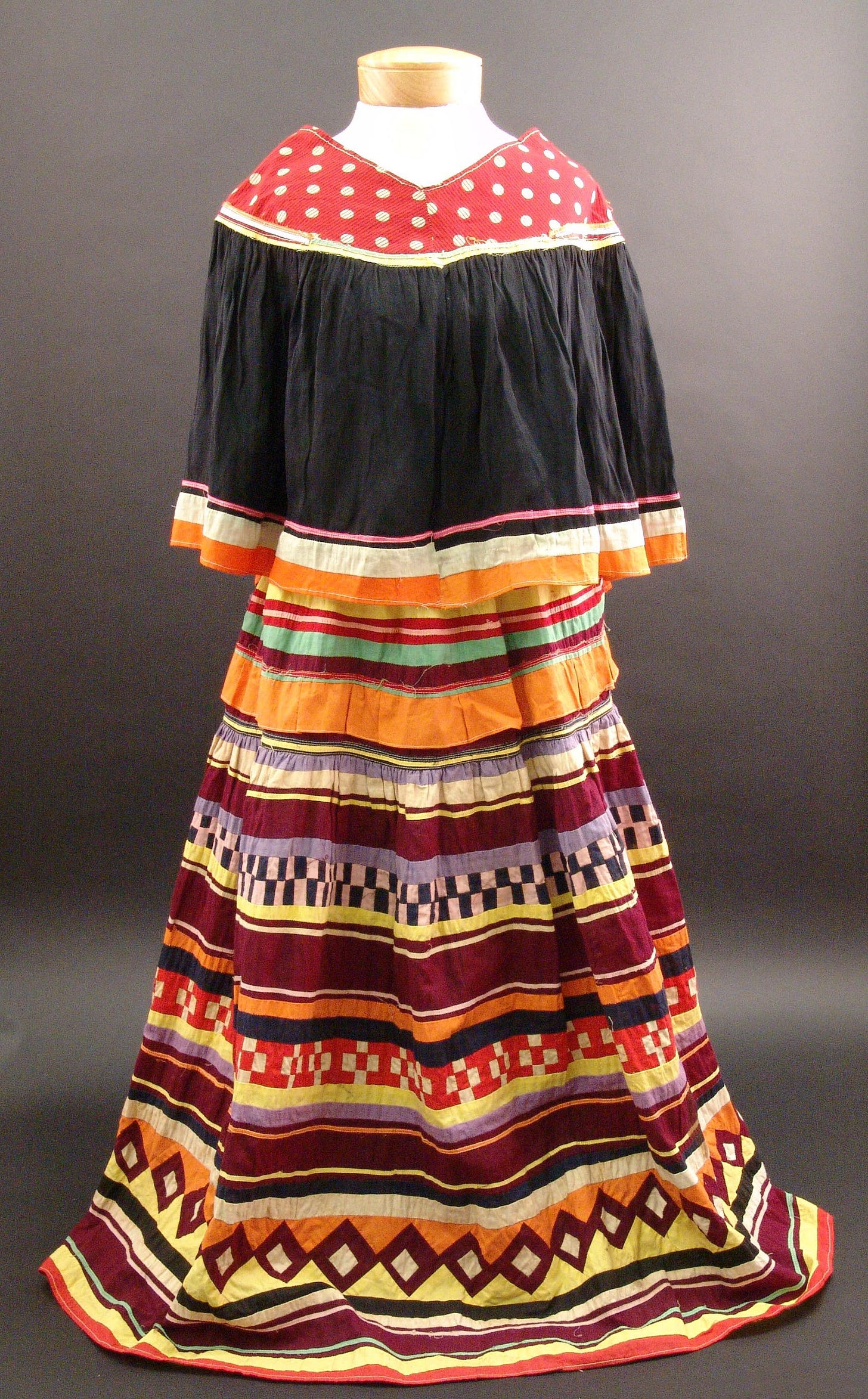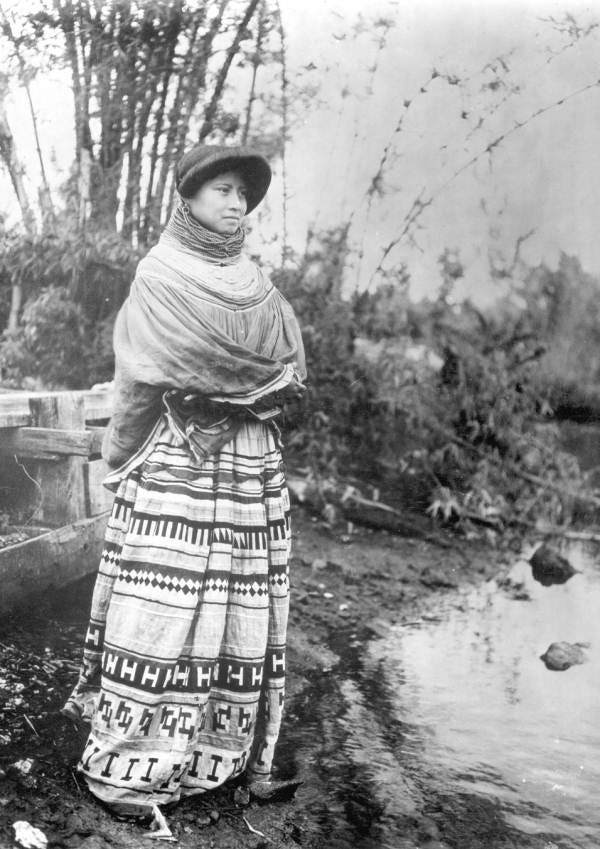In the photograph, my maternal grandmother sits with three friends on brick steps. The other girls’ hair is styled in a 1920’s bob or pulled up off their faces. Grandma’s hair is in long braids, drape her chest, and dangle into her lap. She often spoke of her Native American background, mostly to bemoan not knowing the tribe of her female ancestor. Her father was a taciturn man and never shared that information. Later, I did find another Native American forebear on my dad’s side, a Powhatan woman from Virginia, but Grandma’s tribe remains a mystery. As a little girl, fired up by my grandmother’s quandary, I dug into this heritage and read every book in the Dayton Public Library’s children section about Native Americans.
I liked reading the life of Sequoyah. He flabbergasted me with his ability to create the Cherokee alphabet. The Seminole chief Osceola’s biography, on the other hand, horrified me. Captured, imprisoned by Whites, he died of complications of a tonsillar abscess called quinsy. Like other kids growing up in the fifties, tonsils were a close-to-home topic. Many of my friends had theirs yanked out. To die from a common infection — and in prison — was heartbreaking.
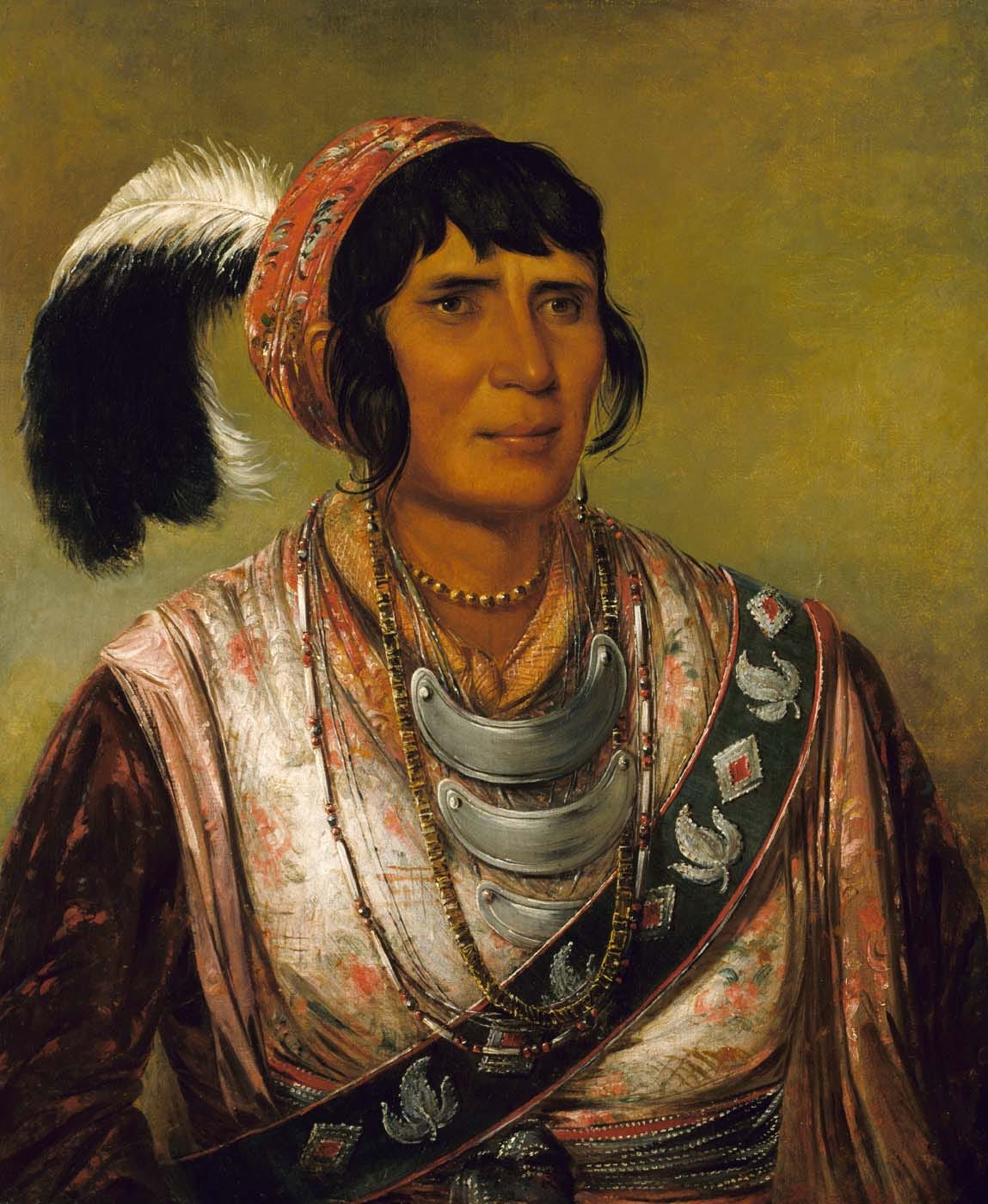
I would not learn about Seminole patchwork till adulthood, but the minute I saw it, I loved its intricacy, bright colors, and geometric abstractness. As I pulled together the information for this post, what followed was a reminder of the power of culture and the importance of kindness and consideration.
The Seminole Tribe has lived in Florida for thousands of years. Their ancestors were in Florida when the Spanish arrived — who called them by different names: the Miccosukee people, the Muscogee people, the Calusa people, and others. The Spanish brought with them diseases that devastated those ancestors of the modern day Seminoles. Within one hundred years the new diseases had killed nine out of ten of the Native People of the Americas. The Seminoles then gathered from across Florida, Georgia, and Alabama — borders that did not exist for the Indigenous people.
But the Seminoles would not be left in peace. In the first half of the nineteenth century, the US government formalized efforts to oust Native Americans from the southeastern United States, including them. The plan for “Indian removal” was to relocate the Native Americans in the west, across the Mississippi River, to land set aside as “Indian Territory.” Indian Territory later would become the state of Oklahoma.
The Seminoles rose up in a series of wars of resistance. By their end in the late 1850s, only about three hundred Seminole remained in Florida, driven down the peninsula to the harsh swamps and wetlands of the Everglades. Nearly three thousand Seminole ended up in Indian Territory.
Throughout their history, the Seminoles responded to changes in their environment with adaptation and innovation. They crafted homes, called chickees, suitable for life in a subtropical swampland with elevated floors, thatched roofs, and open sides. Flora and fauna of the Everglades were harvested and eaten — gar fish, alligator, turtle, pond apple. Calico cloth provided light weight, breathable clothing in the hot, humid land. Sleeves, shirts, and skirts were long —protective against mosquitoes and other insect pests. Men wound cloth into turbans to cover their heads and women wore capes over their blouses, covering their arms. Cloth and leather leggings protected against brush and scrub. By the 1830s, when artist George Catlin painted multiple portraits of Seminole leaders, the tribe had distinctive clothing traditions.
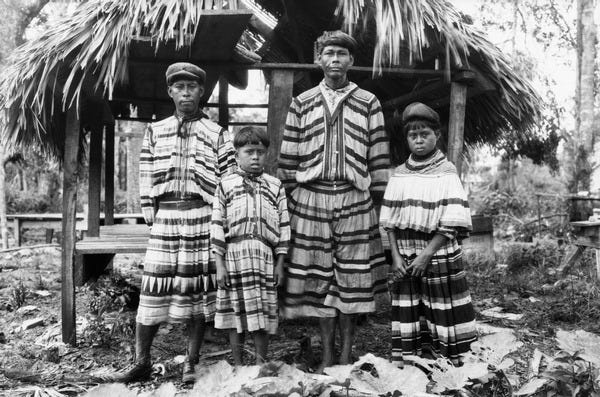
New technology often leads to new ideas and changes in lifestyle. The invention of the sewing machine led to opportunities for many women, including the Seminole. By the 1890s, hand- cranked Singer sewing machines were ubiquitous among the Seminole in Florida. In less than two decades, they had developed a new, distinctive style of patchwork.
Along with the availability of sewing machines, other factors have been fingered as promoting this new technique. During World War I, shortages of calico occurred, at least partially the result of a lack of the German dyes used to color the cloth. Ribbon which had been used by the Seminole to add decorative applique to their clothing was also hard to get. The new technique made good use of small scraps of cloth.
Using the sewing machine, strips of colored fabric were sewn together. Many quilters have learned to speed up their work by sewing long strips of fabric together, then cutting them into patches. But the Seminole, using the technique as a starting point, went further and exploited the design potential and impact through careful color choices, and most importantly, placement of the components to form designs. Some of these patterns have descriptive names such as “rain,” “fire,” and “man on a horse.” Cut and re-arranged, geometric patterns are formed into strips and incorporated into everyday clothing.
Initially the bands of patchwork were used sparingly. As time moved on, the patchwork portion expanded to be all or nearly all the articles of clothing. Men, women, and children all wear clothing with patchwork inserts. Usually cotton, occasionally satin is also used.
The dazzling effect is unique, eye-catching, and has led to trouble at times from copycats.
Mimicry is a longstanding issue for artists. As a photographer, I was certainly annoyed to find my magazine cover shot copied and used in a national ad without permission. Copying my work is fine if someone asks or gives me credit, but to simply take an idea wholesale is not. For example, Renaissance artists learned to paint by copying their teacher’s work, but again, this copying was given with permission to them. Even today, the National Gallery of Art has a special copyist program which gives vetted fine artists permission to come to the museum and copy the paintings and artwork there. But the artists must apply and be approved.
Understandably, given the attractiveness of Seminole patchwork, unacknowledged and unpermitted imitation is a problem, at times rising to the level of cultural appropriation. Cultural appropriation brings in the concept of a lopsided power dynamic. Defined as “the unacknowledged or inappropriate adoption of the customs, practices, ideas, etc. of one people or society by members of another and typically more dominant people or society.”
In 2012, professor and sculptor Jessica Osceola joined with other Seminoles to confront fashion designer Donna Karan. Karan had incorporated Seminole patchwork motifs in a collection without acknowledging the tribe as the originator of the art. In 2014, Jessica Osceola and Rebecca Fells (former curator) put together the exhibition “It’s Not a Costume, Modern Seminole Patchwork” at the Ah-Tah-Thi-Ki Museum on the Big Cypress Reservation in Clewiston, Florida. The exhibition, a portion which can still be viewed online, underscored the role of patchwork in Seminole everyday life.
Those creatives, crafters, quilters, and sewists inspired by Seminole patchwork who want to be fair to the originators of this lovely artwork are encouraged to acknowledge the Seminole role in creating it and be sensitive. Communicate. We all can certainly enjoy Seminole patchwork.
As British/Irish writer Kit de Waal wrote in a 2018 column for The Irish Times:
“Do not dip your pen in somebody else’s blood…When you have lost everything as a nation or a tribe or a culture, like the Native Americans who have lost their land…what remains – things like language or food or the sombrero or the headdress – becomes doubly important and maybe to some people disproportionately important. But those things mean more than those things are. They mean a whole culture, they mean everything because they represent what was lost.”




